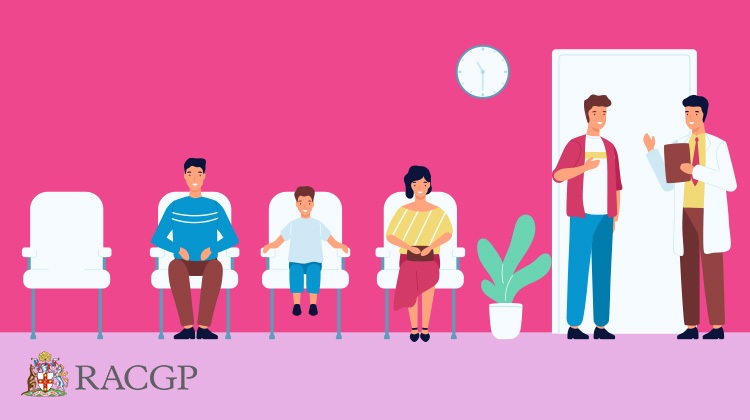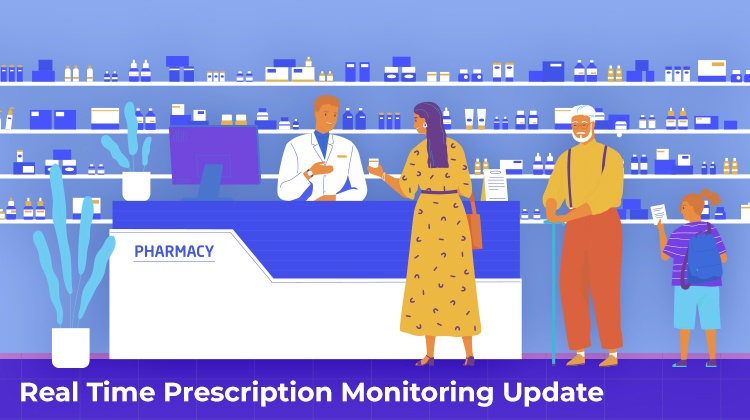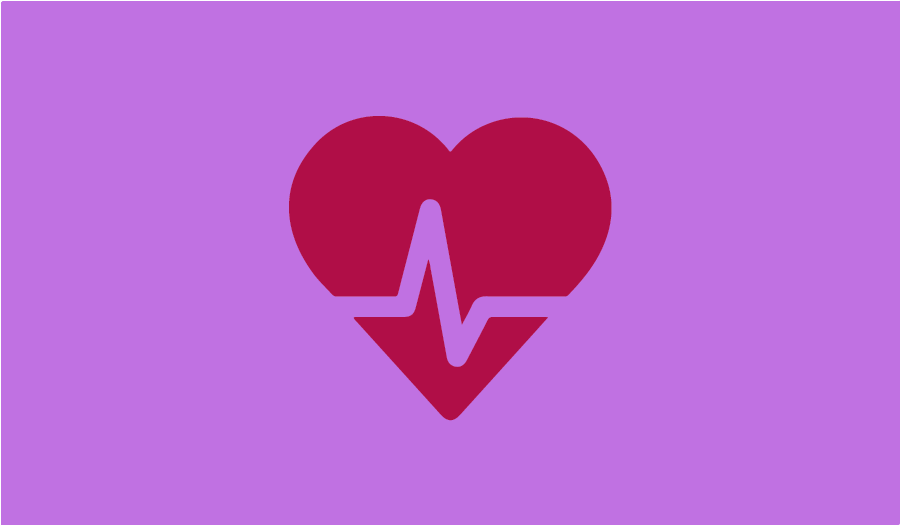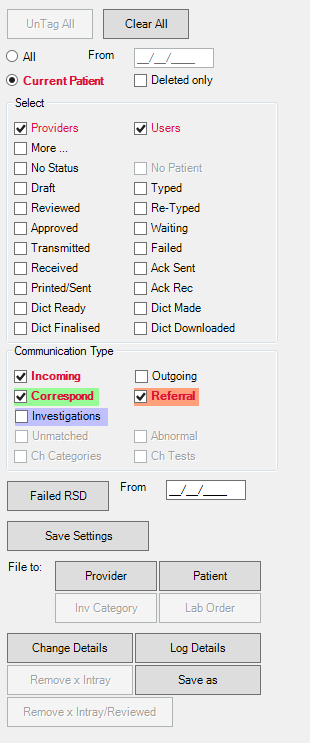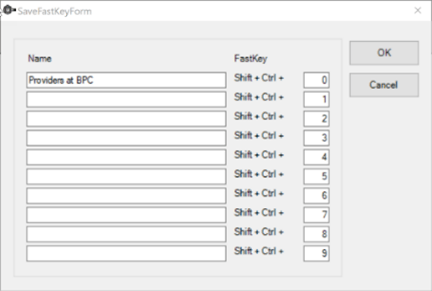As a healthcare professional, it’s crucial to understand the benefits of providing tailored and effective care to patients, and planning for the future of your practice. Understanding the population of general practice takes the guesswork out of your strategic business decisions and provides a deeper insight into how practitioners can personalise care.
Fortunately, the Royal Australian College of General Practitioners (RACGP) compiles the Health of the Nation Report each year, which includes valuable insights into the patient population. This annual report sheds light on the current state of Australian General Practice. It provides insights into trends RACGP gathers from government and industry publications alongside data from surveying GPs.
To ensure their report addresses the most prevalent topics circulating the general practice landscape, the RACGP asks members to vote on a focus topic. 2022’s Health of the Nation report focuses on the sustainability of general practice; including themes of unsustainable workloads, burnout, administrative burdens, and remuneration. Understanding the patient population is crucial when considering the sustainability of general practice and planning for your practice’s future.
This article summarises RACGP’s findings on the patient population and results from the 2021-2022 Australian Bureau of Statistics information on patient experiences.
What Factors Influence the Patient Population of Australia?
With 84% of Australians visiting a GP annually, it may seem like a no-brainer to tailor your practice’s business and marketing strategy to a broad audience. However, the patient population is constantly evolving. When planning for your practice’s future, it is essential to consider factors such as geography, gender, age, and socioeconomic status and how such factors determine how often a patient may visit and the number of services they use.
It’s no surprise that the geography of patients can impact their relationships with general practice. According to the RACGP’s 2022 Health of the Nation Report, people living in and close to major cities see a GP more frequently. Regional or remote patients visit a GP for an average of four services, compared to eight from patients living in the city or surrounding suburbs. City dwellers are also more likely to have a telehealth consultation than those living in remote or regional areas (32.2% compared to 22.5%), contributing to the higher frequency of using GP services.
The Health of the Nation Report also explores how females access GP services more than males, with 88% of females visiting a GP annually compared to 78.9% of males. This has remained consistent year-on-year. Females also utilise more services, averaging around nine services used yearly, compared to males averaging around seven. Females were also more likely to have a telehealth consultation than men (36.5% compared to 24.8%). Despite Females utilising more services than males, they were 31.3% more likely to delay or not use GPs when needed than 24.8% of males. Similarly, females were less likely to utilise after-hours GP support than males.
Age also affects the frequency of GP visits and services used. 97.2% of people over 85 saw a GP compared to 72.2% of people aged 15-24. Age also contributes to the number of GP services used, with the RACGP’s report showing that the number of GP services used increases as the patient ages. The report also outlines how younger age groups are more likely to delay or not visit a GP due to economic factors, predominantly with the 25-34 age group.
Whether patients have long-term health conditions also contributes to the frequency and use of GP services. Those with long-term health conditions were significantly more likely to visit a GP at 94.5% compared to 71.4% of people without. Also, 6.7% of people with long-term health conditions visited an after-hours GP compared to 4.2% of people without. These results have also remained consistent year-on-year.
What Impact Do These Factors Have on the Perception of Care?
According to the RACGP’s Health of the Nation report, people outside of major cities have different views towards GP wait times and are more likely to report longer wait times for a GP appointment. The increased likelihood of reporting longer wait times may be attributed to 49.5% of people living in regional, remote, or very remote areas being more likely to wait at least 24 hours to see a GP for urgent care.
Similarly, the report indicates that those with long-term health conditions, females, and those living in areas with the most socio-economic disadvantage were also more likely to report longer wait times than other groups. Despite this, the 2022 report indicated that three in four people believe their wait time was acceptable, and 57% of those living in major cities reported waiting less than four hours between booking an appointment and seeing a GP for urgent care.
Some Topics Continue to Prevail...
The 2022 Health of the Nation report highlighted an important topic consistent over the past six consecutive years. The most predominant reason patients see a GP is for mental health, with 38% of consults including a mental health element. This statistic is also reflected from the GP’s perspective of the most concerning emerging patient health issues, with 49% of GPs reporting mental health as their primary concern.
Despite this concern remaining front of mind for the past six years, the prevalence of mental health issues in Australia has grown significantly since the pandemic, with symptoms of depression in patients increasing from 10% in 2020 to 28% in 2021. The report explores how young females are more likely to use GP services for mental health issues than any other group, with 24% of mental health appointments used by females aged 15-24. The rate of females seeking GP support for mental health decreases as they age. However, they consistently remain higher than males, with 25-34-year-old males contributing to 12% of GP Mental Health consults.
The 2022 Health of the Nation Report highlights the importance of understanding patient demographics in the ever-changing healthcare landscape. As the patient population’s relationship with general practice evolves, it is essential to consider how your practice can evolve. Patients appreciate the convenience of telehealth, with 76% of those who have used it agreeing that funding should continue in a post-pandemic world. Telehealth’s recent rapid adoption can be attributed to COVID-19.
However, a report by RACGP explores how the benefits were recognised pre and post-pandemic. Patients accessing telehealth have increased satisfaction levels as it allows for reduced travel costs and disruption to employment. In turn, telehealth can help to reduce no-shows for your practice. Therefore, if lowering a patient’s barrier to accessing your practice is your goal, consider implementing and marketing your telehealth services. Along the same line, an online booking platform is a great way to evolve your practice into the digital world. In the 2021 Commbank Insights Report, 20% of patients prefer to manage their appointments via websites and apps. Patient satisfaction increases when they can manage their appointments anytime and from anywhere, with 56% of patients who used online bookings saying this process improved their patient experience.
The RACGP’s Health of the Nation report clarifies that a patient’s location, age, gender, socio-economic status, and medical history all play a role in determining the frequency and uptake of general practice services. Combining these patient population of general practice insights with your practice’s unique data can help you develop personalised strategies to meet the needs of your patients.
The complete 2022 RACGP Health of the Nation Report is available here.
Authored by:
Tegan Swann
Marketing & Communications Specialist at Best Practice Software
Explore our range of news and training resources:
Bp Learning Video Library | Bp Learning Training Options | Bp Newsroom Blog
Subscribe to Our Newsletters | Bp Learning Webinars

